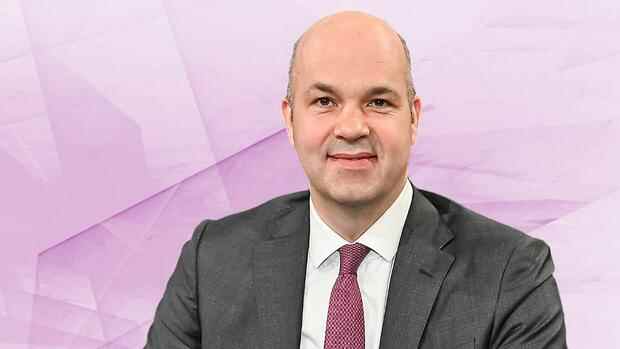Marcel Fratzscher is President of the German Institute for Economic Research and Professor of Macroeconomics at Berlin’s Humboldt University.
(Photo: imago images/Montage Handelsblatt)
At currently more than eight percent, high inflation has not only become a problem in the euro zone. The current price increases may not even be the biggest challenge – they are mainly the result of temporary factors such as Russia’s war against Ukraine, the pandemic and interrupted supply chains.
The far greater and clearly underestimated challenge is another: far-reaching changes in the economy and society could mean that our previous definition of price stability will remain unfulfilled for a long time.
Therefore, the European Central Bank (ECB) and other central banks should now take the necessary precautions to remain able to act in a longer phase of increased inflation rates. After much too high inflation in 2022 and 2023, almost all economic forecasts assume a subsequent normalization at a level that is around two percent in the euro zone, which would correspond to the announced goal of price stability.
Read on now
Get access to this and every other article in the
Web and in our app free of charge for 4 weeks.
Continue
Read on now
Get access to this and every other article in the
Web and in our app free of charge for 4 weeks.
Continue
